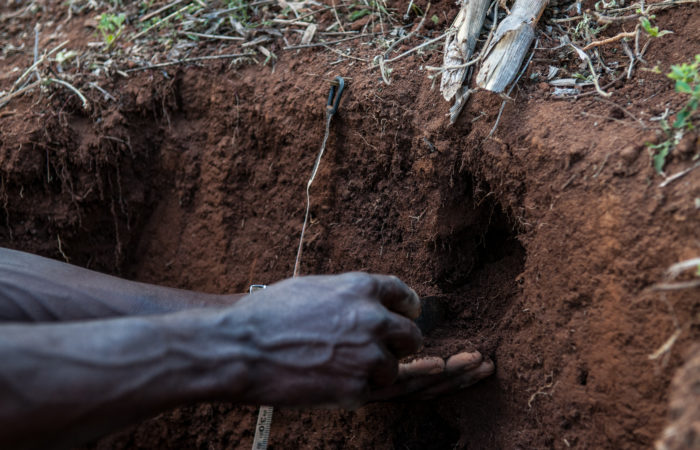
Guidelines for measurement of agricultural emissions and mitigation potential may fill large gap in comparable data from smallholder farms in developing countries.
Data on greenhouse gas emissions from smallholder farming are scant and often not comparable across systems, countries, or regions. Without reliable and accurate smallholder farming data, it will be very difficult for countries to contribute to the Paris Agreement or other climate change mitigation actions.
To rapidly expand the amount of reliable data from smallholder farms in developing countries, scientists founded SAMPLES, a global research program that supports tropical countries to measure greenhouse gas emissions from agriculture and identify mitigation options compatible with food security. Under the auspices of SAMPLES, CGIAR scientists, partners at the Food and Agriculture Organization of the United Nations (FAO), the Global Research Alliance on Agricultural Greenhouse Gases (GRA) and dozens of other research scientists published the open-access book titled Methods for Measuring Greenhouse Gas Balances and Evaluating Mitigation Options in Smallholder Agriculture in 2016.
Intended to make rigorous measurement of agricultural emissions and climate change mitigation accessible and feasible to conduct in in tropical, developing countries, the book explains how to design a measurement program; acquire data in the areas of land use and land cover change; soil emissions, enteric methane emissions from livestock, soil emission, tree biomass carbon, soil organic carbon, and yield estimation; and identify mitigation options through explaining how to scale point measurements to farms and landscapes, and conduct a trade-off analysis. Videos developed by or in collaboration with authors now accompany two chapters.








